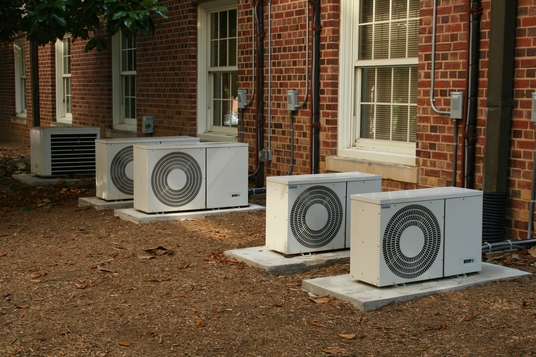Safety standards and compliance for modern radiant installations
This article outlines safety standards and compliance considerations for modern radiant installations. It covers how radiant systems deliver thermal comfort, design and retrofit considerations, applicable safety standards for commercial and residential settings, and practical maintenance and materials guidance.

Radiant heating systems, including electric infrared and hydronic panels, are increasingly used to provide targeted thermal comfort in both commercial and residential settings. Modern installations must balance performance with safety and compliance: designers, installers, and building owners need clear guidance on applicable codes, materials, controls, sensors, and ongoing maintenance practices. This article explains the regulatory landscape and practical measures that help ensure safe, efficient operation while supporting zoning, retrofit, and energy goals.
How does radiant heating deliver thermal comfort?
Radiant systems transfer heat directly to objects and occupants rather than relying solely on heated air, which can improve perceived comfort at lower air temperatures. Thermal comfort depends on panel placement, surface emissivity, and room layout; installers must consider materials and mounting to avoid hot spots or exposure risks. In both commercial and residential projects, modeling or trial runs can help size panels and determine control strategies that meet occupant comfort objectives while adhering to safety clearances and electrical or plumbing codes.
What are installation and retrofit considerations?
Installation and retrofit require attention to substrate materials, clearances, electrical circuits, and routing for hydronic tubing. Retrofit projects often face challenges with existing insulation, ceiling heights, and accessible service spaces; designers should document how new radiant elements interact with existing HVAC and fire-safety systems. Properly rated materials and connectors must be specified, and installers should follow manufacturer instructions plus local building and electrical codes. Permitting and inspections are commonly required for changes that affect wiring, gas, or plumbing systems.
Which safety standards apply to commercial and residential systems?
Multiple standards and codes can apply, including national electrical codes, local building codes, and industry standards addressing radiant equipment performance and safety. Commercial installations may also have specific occupational safety or fire safety provisions that differ from residential rules. Compliance typically covers temperature limits, wiring protections, overcurrent devices, grounding, mounting hardware ratings, and minimum clearances from combustible materials. Consulting the applicable code editions and certified inspectors helps ensure systems meet mandatory requirements across jurisdictions.
How do energy efficiency, zoning, and controls interact?
Zoning and intelligent controls improve energy efficiency by delivering heat only where and when it is needed. Thermostats, programmable schedules, and occupancy sensors reduce wasted energy in unoccupied zones and support thermal comfort in active areas. Energy codes increasingly expect systems to provide controllability and efficiency data; designers should select controls that integrate with building management systems where required and that meet local energy performance standards. Proper control strategy also reduces undue cycling and temperature overshoot, contributing to safe operation and material longevity.
What role do sensors and controls play in safety and comfort?
Sensors monitor temperatures, detect faults, and can trigger safety interlocks if thresholds are exceeded. Overtemperature protection, ground-fault detection for electrical radiant panels, and leak detection for hydronic systems are examples of safety features tied to sensors and controls. Location and calibration of sensors matter: poorly placed sensors can allow hidden hotspots or delayed fault detection. Integrating diagnostics that log events and support maintenance helps demonstrate compliance and aids in troubleshooting when safety or comfort issues arise.
What maintenance, materials, and compliance requirements exist?
Regular maintenance ensures continued safety and performance: periodic inspections of mounting hardware, wiring or tubing integrity, control calibration, and sensor function are standard practices. Materials selection—such as corrosion-resistant piping, flame-retardant mounting brackets, and properly rated insulation—affects both safety and regulatory acceptance. Maintenance records and adherence to manufacturer recommendations often form part of compliance during inspections. For commercial systems, routine testing and documented preventive maintenance can be required by code or insurance policies.
In summary, achieving safe, compliant radiant installations requires coordinated attention to design, materials, controls, and ongoing maintenance. Understanding which codes and standards apply in your area, specifying appropriate sensors and controls, and documenting installation and service activities all contribute to reliable thermal comfort, energy efficiency, and occupant safety.






